In Indonesia, Bali is a major tourist destination for Thais. However, during my three-day and two-night visit to Jakarta organised by BWH Hotels, I discovered the charms of Indonesia's capital. Jakarta is similar to Bangkok in terms of city vibes and heavy traffic, but Jakarta has more shade and trees than the City of Angels.
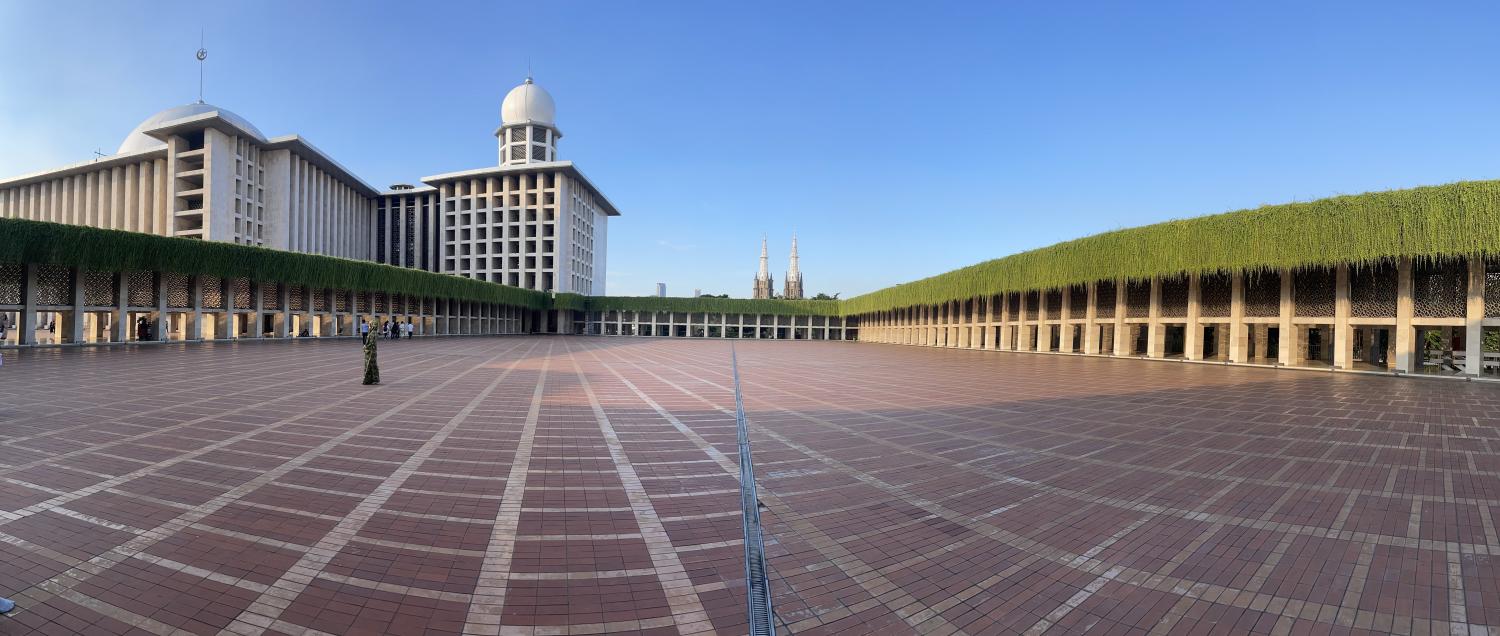
Istiqlal Mosque is the largest in Southeast Asia. (Photos: Suwitcha Chaiyong)
Our tour guide, Shirley Hetharia, told us that Jakarta is referred to as the Big Durian because people find joy in becoming familiar with the city.
“American tourists say durians smell like hell but taste like heaven. Jakarta is similar. If visitors only experience the city for one night, they may find it difficult to enjoy due to traffic and crowds everywhere, but after staying longer, visitors will end up appreciating the city. Indonesia actually imports large durians from Thailand and Malaysia. Indonesia’s durians are small in size and are seasonal fruits, with an abundance at the end of the year,” said Shirley.
With an estimated population of 11,249,000, the traffic in Jakarta can be chaotic. To manage the traffic, there is a regulation that stipulates that vehicles with license plates ending in an even number have to run on days where the date is an even number, while vehicles with odd-numbered license plates can operate on dates with odd numbers. This regulation applies to private cars, but not public transportation, and does not include electric cars since currently there are not many electric cars in Jakarta. However, rich people tend to buy more cars, allowing them to drive every day.
Our first destination in Jakarta was Istiqlal Mosque which is the largest in Southeast Asia. Designed by Christian architect, Friedrich Silaban, Istiqlal Mosque has a capacity of 120,000 and its construction took 17 years between 1961 to 1978. Non-Muslims are allowed to enter the mosque, but those wearing revealing clothes are required to put on a robe.
As an iconic landmark, Istiqlal Mosque is grandiose and serene. Shirley explained that istiqlal in Arabic means independence. Sukarno, the first president of Indonesia, intended to build Istiqlal Mosque opposite Jakarta Cathedral, or The Church of Our Lady of Assumption, to symbolise harmony and peace between the two religions.
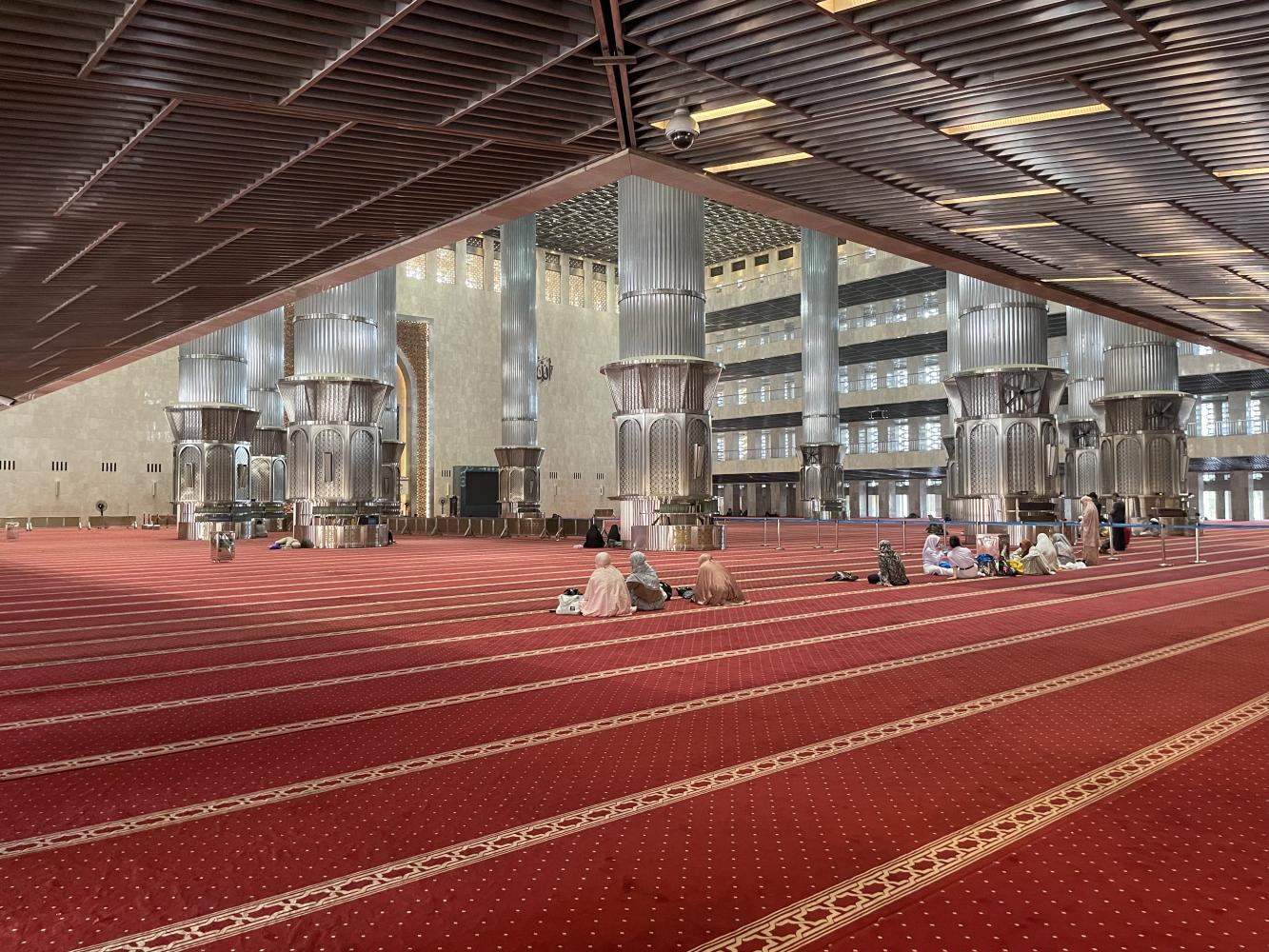
Inside Istiqlal Mosque.
After leaving the mosque, we crossed a street to visit Jakarta Cathedral. Crossing streets in Jakarta is just as dangerous as in Bangkok. However, amidst Jakarta’s chaotic streets, pedestrians can raise a hand to signal their intention to cross and some drivers give way. We eventually arrived at the exquisite neo-gothic cathedral, safe and sound. Inside the Jakarta Cathedral, built in the early 1900s, the Mother Mary statue is dressed in Indonesian traditional costume. There is a golden Garuda sculpture with symbols representing Indonesia’s five basic principles: the star symbolises belief in one God; the chain signifies humanism; the banyan tree represents nationalism; the bull symbolises democracy; and the rice and cotton signify social justice.
We had dinner and spent the night at Best Western Senayan located in the Senayan Area of South Jakarta. My favourite dish at the hotel restaurant, Chill In Café, was Soto Bandung which is a traditional Indonesian beef soup. The beef was so tender and the soup was delectable and fragrant.
Located in a prime area near two high-end malls — Plaza Senayan and Senayan City — the hotel room was on the small side, but equipped with everything that hotel guests need including a comfortable bed, a TV and a clean bathroom. I was fortunate to have a deluxe room with a window which provided a lovely view of the city. I was told that some rooms do not have windows.
On the following day, we visited Taman Mini Indonesia Indah (Indonesia Miniature Park) which was built to correspond roughly to the shape of Indonesia to showcase cultural diversity, heritage and traditions. The vision behind the park is that of the wife of President Suharto, the second President of Indonesia. Siti Hartinah wanted tourists and foreigners to experience the country’s diversity without having to travel extensively. Due to its huge area of 935 rai, visitors have to travel by shuttle bus, monorail or cable car.
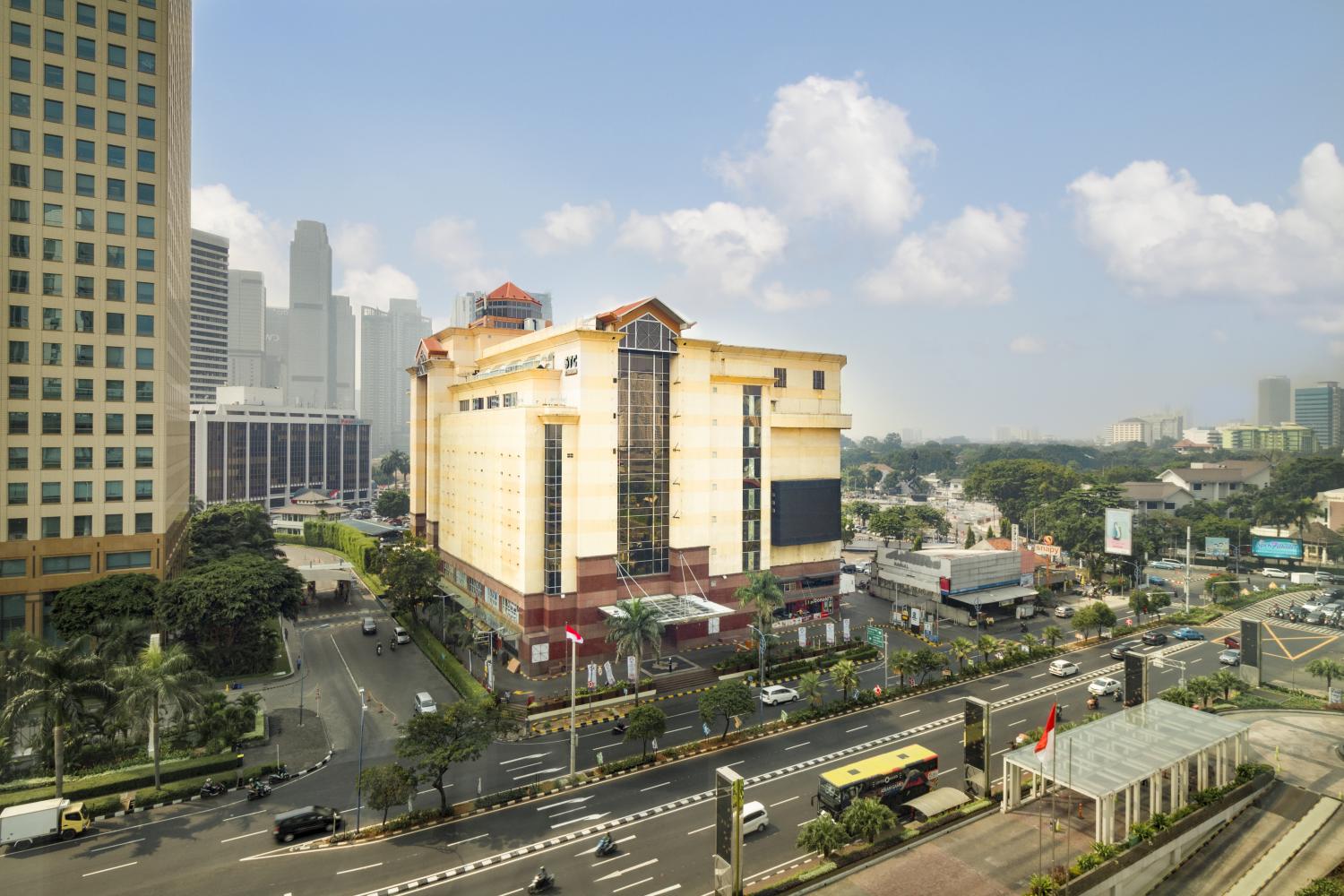
Best Western Senayan is located in a prime location near two high-end malls. (Photo © darwinarya)
Our tour guide, Shirley, showed us a traditional house from West Sumatra which is the largest island in Indonesia. She explained that this kind of house is typically owned by wealthy families and has rice barns in front. One barn stores rice for the family while the other stores rice to help neighbours in need.
Shirley shared with us an unusual tradition among the Minangkabau people in Pariaman, a city in West Sumatra. Interestingly, it is customary for Minangkabau women to propose marriage to a man and the women must provide a dowry. After marriage, the woman becomes the family leader and decision-maker. Women also inherit the family business. This custom is a marked contrast to the usual patriarchal culture in Indonesia.
After that, we moved to Dani Village in West Papua, another province in Indonesia. The Dani people have a unique tradition of mummifying their chiefs, allowing people to pay respect to them. Dani Village is located in a remote and mountainous region with cold weather. To cope with the weather, Shirley explained that Dani people apply pork oil to their skin. Indonesia Miniature Park is an excellent place to visit. I believe tourists need a full day to explore the entire venue. The entrance fee for adults is 25,000 rupiah or 59 baht.
We also spent an afternoon at the Jakarta History Museum located in Fatahillah Square in Jakarta’s Old Town. Before entering the museum, we stopped to watch a street vendor cook Kerak Telor which is a traditional omelette dish made with sticky rice, eggs, coconut shavings, dried shrimp and fried onions. The omelette smelled fantastic, but its taste was quite bland.
Jakarta History Museum was once the city hall, which served as a place where the Dutch colonial government executed prisoners. Shirley told us that in the backyard, prisoners were forced to stand in dirty water day and night. This harsh treatment resulted in many of them developing lung disease and dying. Before each execution, a bell would ring to gather people to witness the event. Shirley explained that most local people perceived the sound of the bell as a warning to obey the Dutch.
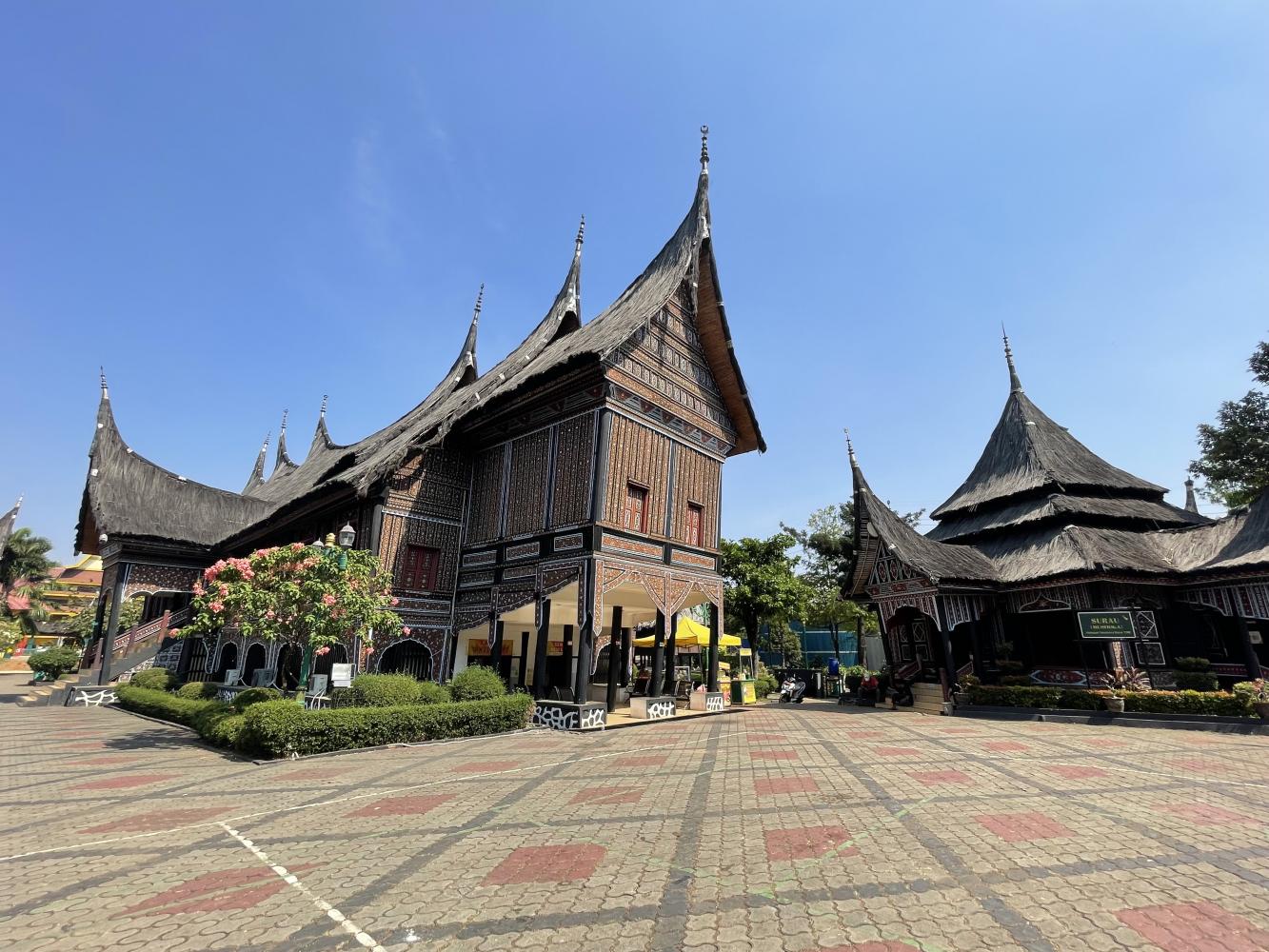
A traditional house from West Sumatra.
One of the most interesting parts of the museum which reflected the dark side of colonial history was the dungeons which were used to confine prisoners. The cells for male prisoners were dark and damp, while even the larger cell designated for female prisoners had a creepy vibe.
Not far from Fatahillah Square stands Wayang Puppet Studio. At the studio, a puppet master told us the puppets were recognised by Unesco in Paris in 2003 as a World Heritage. The studio displays several types of puppet such as shadow and wooden. Some puppets are about 100 years old. The puppet master also mentioned that even though masters still perform for the public, it is rare because the show is expensive since it requires a lot of people playing musical instruments.
After a long day, Best Western Premier The Hive was the perfect place to rest. The spectacular view and huge living room made the night more enjoyable. I was thankful for the junior suite bedroom with several different kinds of pillow which showed the hotel’s attention to customer service and certainly helped me have a peaceful sleep.
This is the first of a two-part travel series that explores the historical and cultural aspects of Jakarta. The next one will be dedicated to Bali.

Kerak Telor, a traditional Indonesian omelette dish.
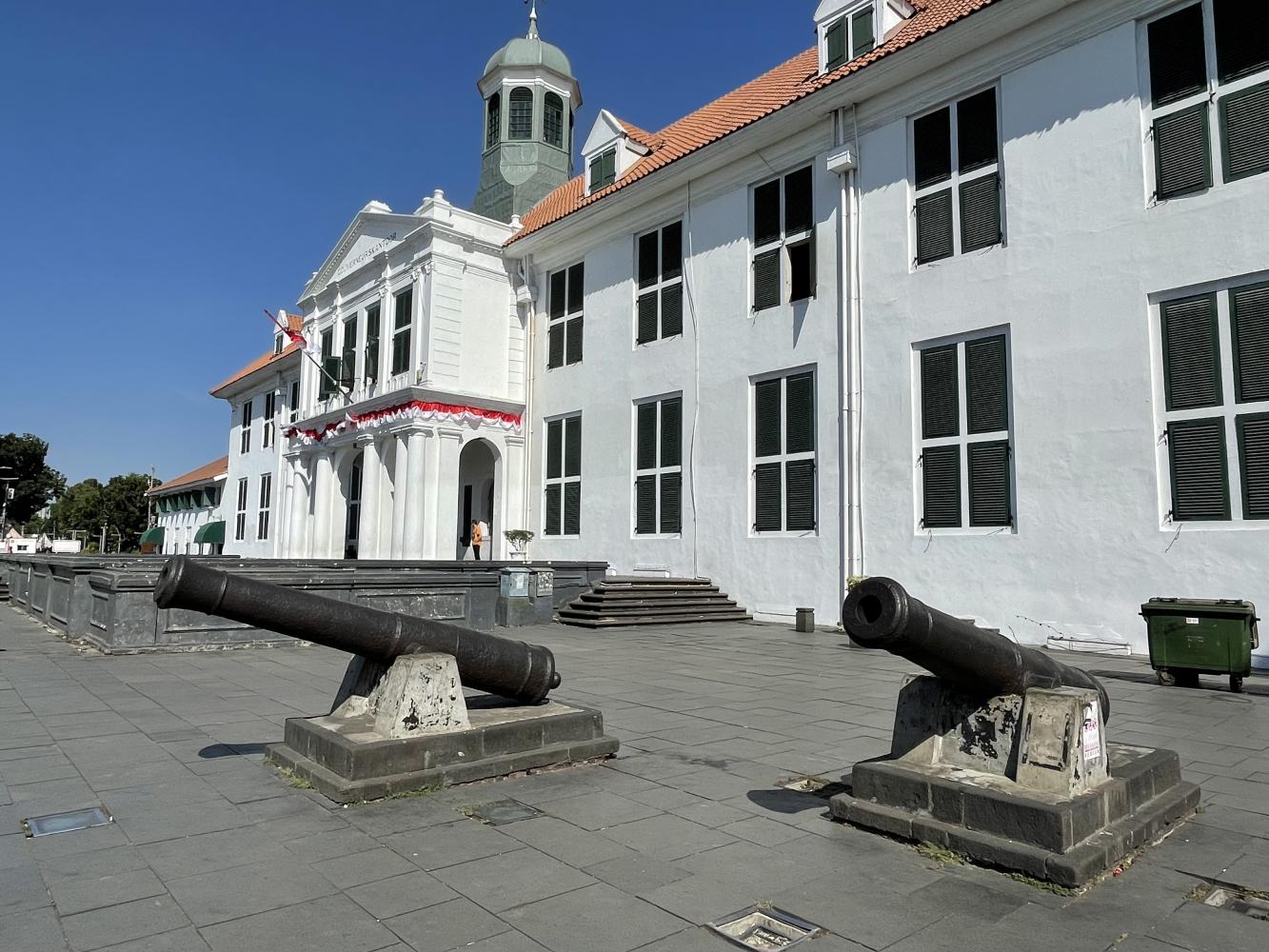
The Jakarta Museum.
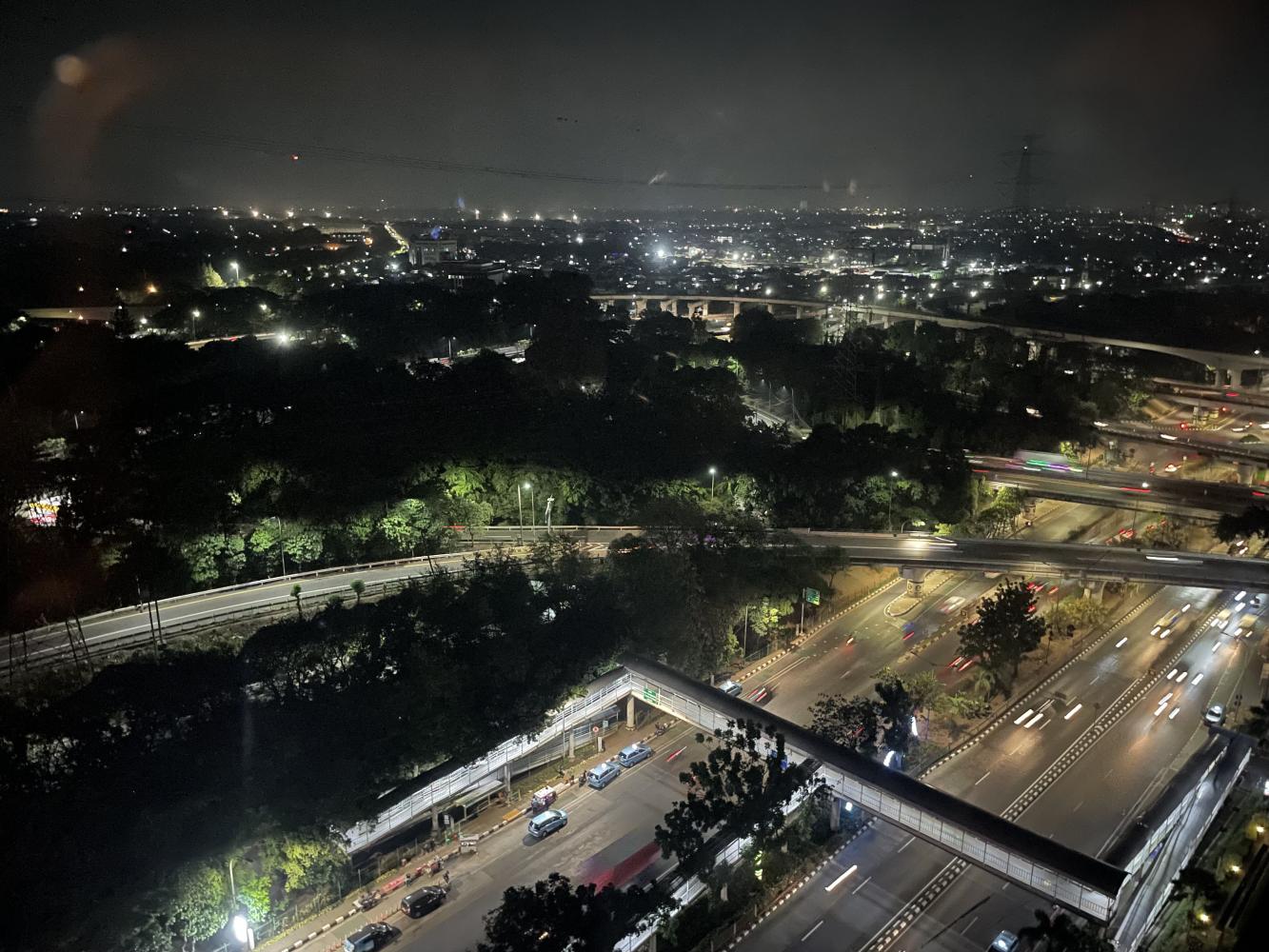
The view from the junior suite at Best Western Premier The Hive.

The deluxe room at Best Western Senayan. (Photo © darwinarya)
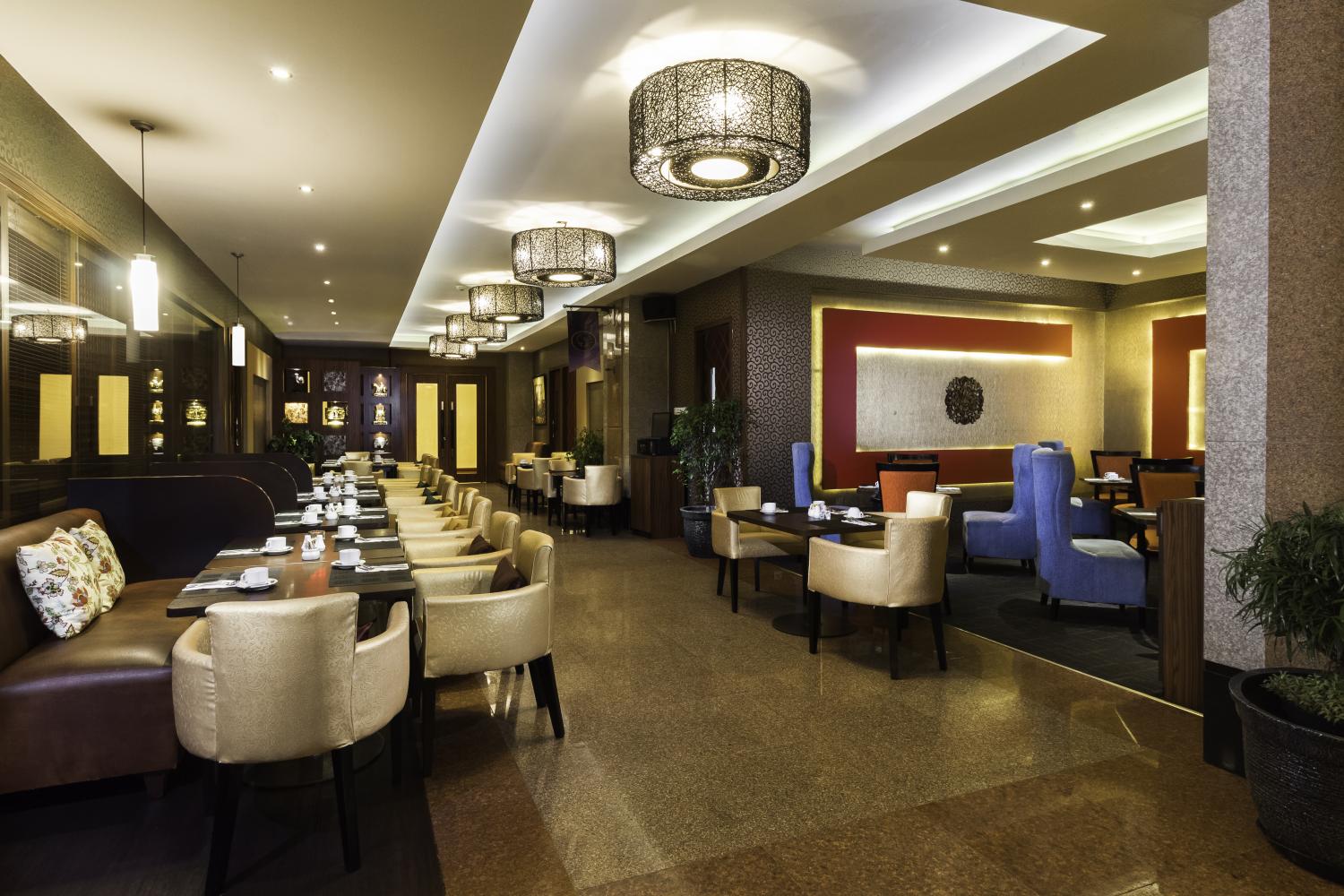
Chill In Café serves soto bandang, a traditional Indonesian beef soup. (Photo © darwinarya)

A male dungeon.

The junior suite at Best Western Premier The Hive. (Photo: BWH Hotels)


